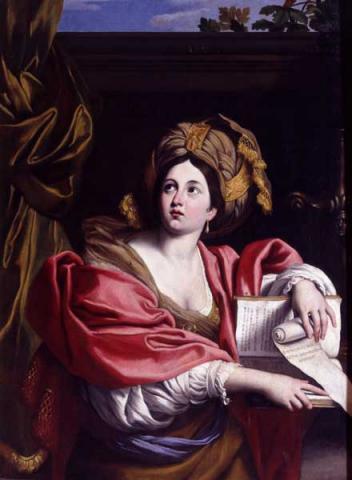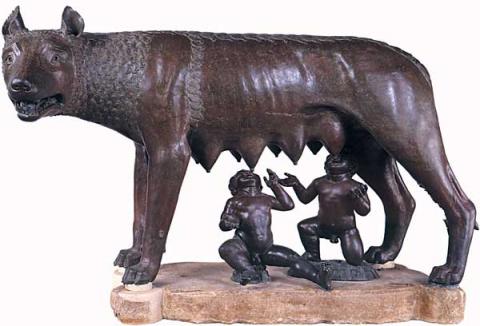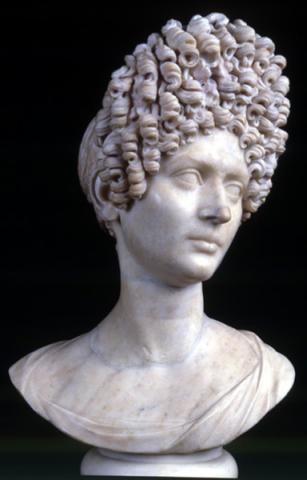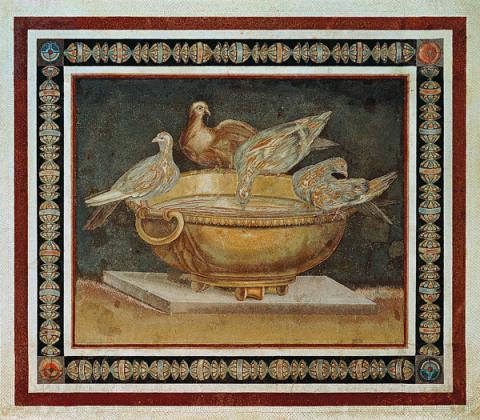The Temple of Capitoline Jupiter
The Temple of Capitoline Jupiter was dedicated to the Optimus Maximus Jupiter, together with the other two divinities that made up the Capitoline triad - Juno and Minerva.
The building was begun by Tarquinius Priscus and completed by the last king of Rome, Tarquinius Superbus, although it was only inaugurated at the beginning of the Republican era in 509 BC.
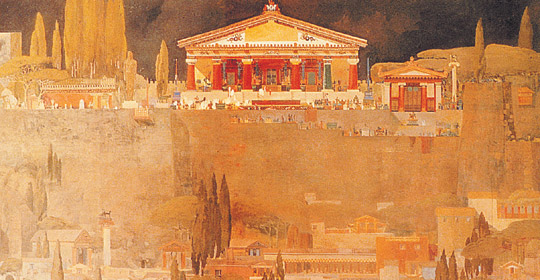
The temple building stands on a high podium with an entrance staircase to the front. On three of its sides it was probably surrounded by a colonnade, with another two rows of pillars drawn up in line with those on the façade of the deep pronaos which precedes the three cells, the central one being wider than the other two - in accordance with the canons of the Tuscanic temple.
The surviving remains of the foundations and of the podium, most of which lie underneath Palazzo Caffarelli, are made up of enormous parallel sections of walling made in blocks of grey tufa- quadriga stone (cappellaccio) and bear witness to the sheer size of the surface area of temple's base (about 55 x 60 m).
The roof bears traces of a splendid terracotta auriga by the Etruscan artist Vulca of Veius in the VI century BC, commissioned by Tarquinius Superbus; it was replaced by a bronze one at the beginning of the III century BC.
The temple was rebuilt in marble after total destruction had been wrought by terrible fires in 83 BC, 69 BC and 80 AD.
The large square in front of the temple (the Area Capitolina) featured a number of temples dedicated to minor divinities, in addition to other religious buildings, statues and trophies.


























